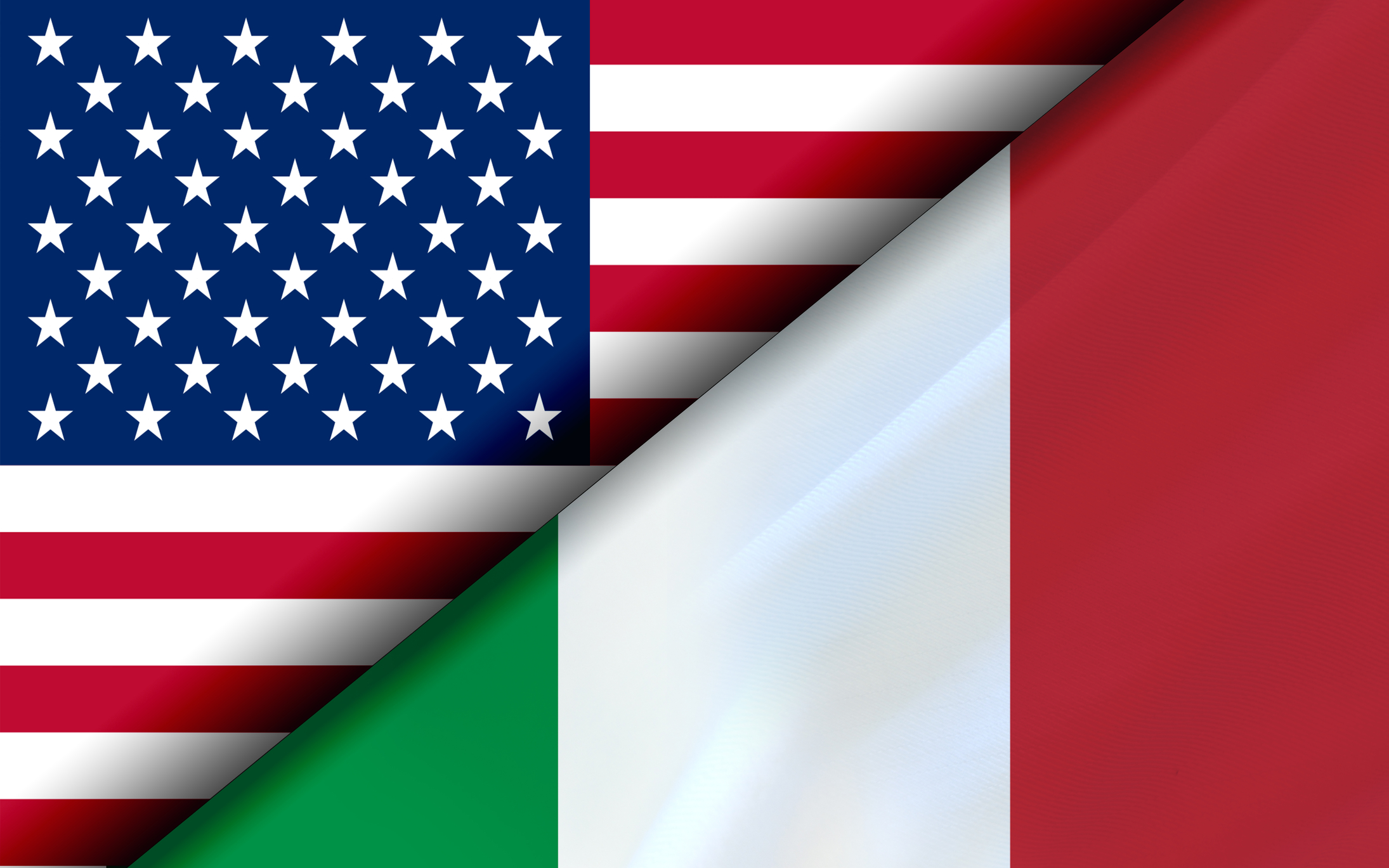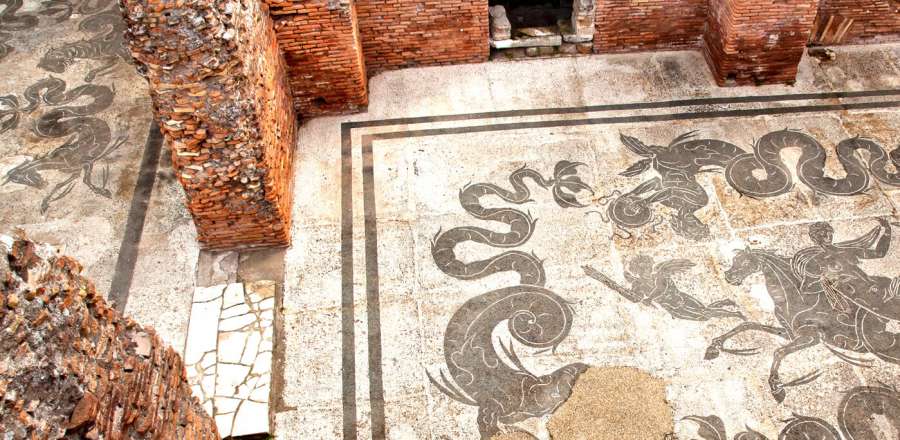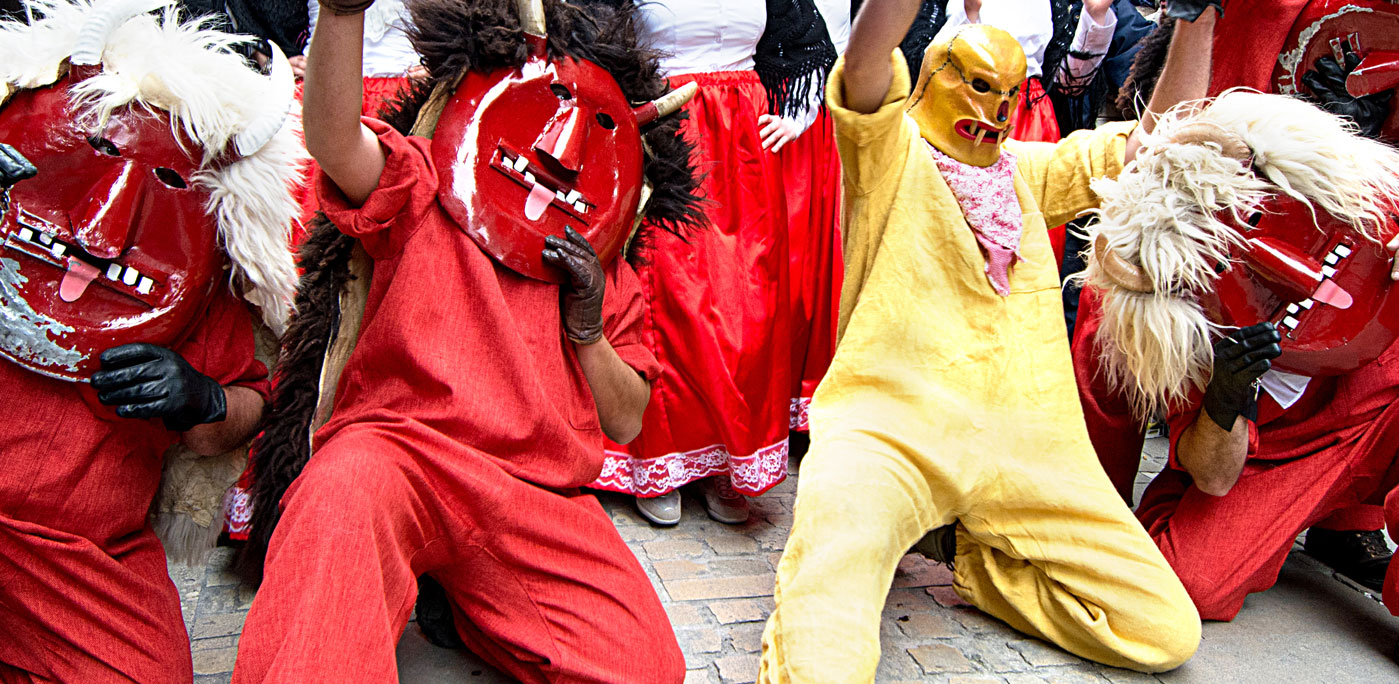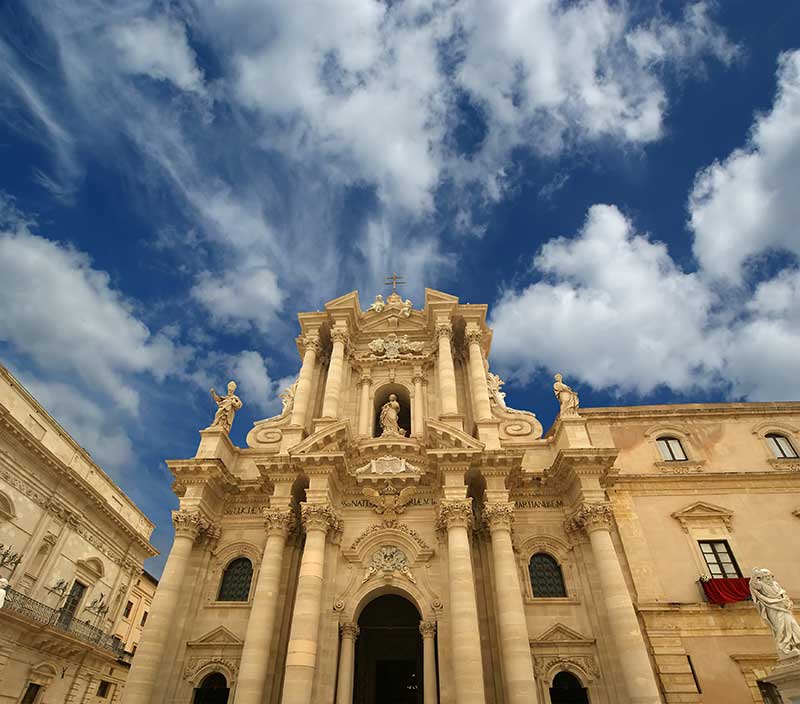Between 1820 and 1992 over five and a half million Italians left their homes to make new lives in the United States of America. They were following in the footsteps of early European explorers. And whilst the journeys weren’t always easy the achievements of the Italian settlers and their thirty million descendants helped to shape American society and the history of the United States. So every year the US President celebrates their contribution by proclaiming October as National Italian American Heritage Month. Let’s explore some of the people and milestones that punctuate the Italo-American story.
An obvious place to start is with Cristoforo Colombo, or Columbus, native of the Republic of Genoa, sailor, navigator and explorer. Born in 1451 the Genovese voyager crossed the Atlantic four times between 1492 and 1503 in search of an alternative spice route to the East Indies. And whilst he didn’t find what he was looking for, his arrival in the so-called “new world” led to a period of European contact, exploration and colonization that would have a fundamental impact on the history of the modern western world.
We now know that Columbus wasn’t the first person to set foot in America but he is certainly essential to the history of the continent. But his biggest achievement wasn’t travelling to the new land, it was that he took news of it back to Europe. His explorations brought together two of the largest land masses in the world and would lead to a massive expansion in human development, trade, migration and settlement.
Despite all that, however, Columbus didn’t enjoy the usual perk of ancient explorers as the new territory wasn’t named after him. That honor went to another Italian.
Amerigo Vespucci was a contemporary of Columbus’s, born just three years later in the Tuscan city of Florence. As a young man, he worked for the famous Italian Medici family and later in Seville, Spain. And fortuitously, the Spanish Crown of Castile was looking for more explorers to sponsor, just as they had Columbus. So, in 1497, the Florentine found himself onboard a ship traversing the Atlantic.
Like Columbus, he would make the crossing several times. But crucially, unlike Columbus, Vespucci realized that north and south America were different continents and not part of Asia. In honor of that breakthrough, his mapmaker, Martin Waldseemüler proposed that the land we now call Brazil be labeled America, the feminine version of Amerigo. The name stuck.
Italians continued to arrive over the next couple of centuries. First came missionary-explorers such as Marco da Nizza, Eusebio Kino and Enrico Tonti. Through their work to establish new churches they also explored many lands previously unknown to the Europeans. Travelling through Arizona, New Mexico, Kansas and California, they extended the maps and sent reports of their findings back to Europe paving the way for merchants and settlers. Some historians even name Tonti as the original founder of Illinois whilst his brother Alfonso helped to found Detroit.
By the late 1770s a number of Italians had risen to become influential figures in American life. William Paca, for example, studied law in Annapolis before developing a career in legislature and the Continental Congress. He rejected British rule, using his own money to bankroll troops and was one of the bold patriots to sign the original Declaration of Independence in 1776. Similarly Francesco Vigo, another settler was central to bringing British colonial rule to an end by acting at the request of George Washington as an intermediary with Indian tribes, encouraging them to side against the imperialists.
After independence the numbers of Italians arriving in America rose exponentially as opportunities opened up. Scientists, scholars, engineers and entrepreneurs all made the Atlantic crossing to set up lives in the newly formed United States. Included in their number were inventors Antonio Meucci and Guglielmo Marconi who developed the telephone and radio respectively. New arrivals also brought their traditional food with them too opening restaurants such as Mamma Leone’s or Moretti’s in New York, the latter being credited with introducing spaghetti, olives and Chianti to the Big Apple.
Artists and singers made the crossing too. Six Piccirilli brothers from Tuscany arrived in 1888 and quickly established themselves as sculptors, bringing master-craftsmen skills taught to them by their Tuscan father. Their Bronx-based studio became a focus for Italians with celebrity visitors including operatic tenor Enrico Caruso. They’re most famous, however, for carving the 150-ton statue of Abraham Lincoln that takes place at the Washington Lincoln Memorial.
But the largest numbers of Italians – over 2 million – arrived in just 10 years from 1900 to 1910 as the Italian economy slumped creating grinding poverty for hundreds of thousands of Italians, especially those from rural southern backgrounds. Today, their second, third and fourth generation descendants make up over 20 million people living in the United States and over 6% of the population. And Italo-Americans are the fourth largest group after Germans, Irish and English with Italian culture woven throughout American society.
Without Italians, America would be a very different place with a very different name so it’s no wonder that everyone from the President down celebrates National Italian-American Heritage month in October every year. Festivities typically include Columbus Day parades in many large cities on the second Monday of the month. Each commemorates the explorer’s first voyage in 1492 together with the achievements of countless settlers and their successors. And many communities also organize local cultural or culinary events to add to the celebrations. It’s a chance to recognize the legacy left by the first fearless explorers and the millions of men, women and children of Italian descent who followed enriching the country every day. And it’s definitely one holiday celebration not to be missed! Here’s to Italo-Americans everywhere!






























